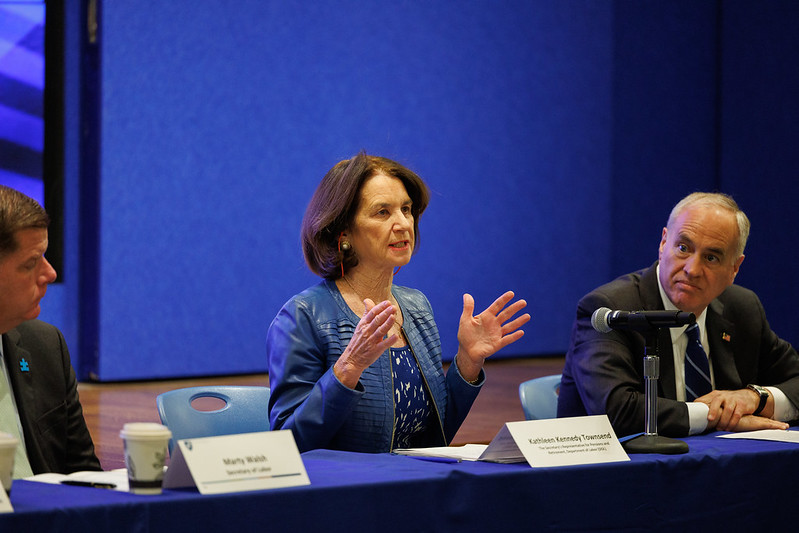
When it comes to retirement in America, there is good news and bad news.
On June 2, the Trustees of the Social Security trust fund issued their annual report on the state of this key safety net. The report found that, in part due to faster growth in employment, earnings and economic growth than expected, and the passage of the American Rescue Plan, the trust fund can pay out benefits longer than projected. Also in June, the Federal Reserve reported that at the end of 2021, America’s retirement assets in private-sector defined benefits plans and defined contribution plans, and IRAs totaled a record $27.1 trillion. This total reflected an increase of 11.1% for the year.
However, according to the National Institute on Retirement Security, 57% of working age Americans do not own any retirement account assets.
Potentially millions of U.S. workers may not be saving enough for retirement and may heavily rely on Social Security benefits to supplement their income when they retire.
In June, Connecticut Treasurer Shawn Wooden hosted Rep. John Larson, Social Security Administration Acting Commissioner Dr. Kilolo Kijakazi, myself and retirement experts in Hartford, Connecticut, to discuss factors in Social Security and workplace savings that could lead to a retirement crisis in the coming years and decades.
For many seniors, Social Security is their only source of income.
Almost two-thirds of beneficiaries’ retirees receive 50% or more of their total income from monthly Social Security checks, and one-third of elderly beneficiaries count on Social Security to provide 90% or more of their income. But, Social Security is not providing the same level of benefits it once did. In 1985, it provided the average worker at 65, 40% of their salary. By 2030, those benefits will only replace 31%.
If we do not act swiftly, the number of seniors living in or near poverty may climb to 21.8 million by 2045 — up 25% from 17.5 million in 2018.
Access to workplace retirement savings plans could increase savings.
However, as companies have made the switch from traditional, defined-benefit pensions to 401(k)s, access to these plans has shifted downwards. In 2020, the Bureau of Labor Statistics found that 1% of nonunion workers had only a defined benefit retirement plan, and another 10 percent had both defined benefit and defined contribution plans. 54% of nonunion workers had access only to a 401k or other defined contribution plan. Meanwhile, for workers who do have access to these retirement plans, only about half participate in them.
This evolution has further highlighted the disparities in the defined-contribution retirement market that disproportionately affect workers of color and women, who already earn lower wages on average and, in some cases, face discriminatory hiring practices.
We must make it easier for workers to save.
More than 1 in 3 of plan participants withdraw part or all of their retirement plan assets following a job change, with lost savings amounting to between $60 billion and $105 billion per year. Decoupling retirement plans from individual employers could alleviate job-change-induced retirement savings loss.
Expand state-sponsored savings programs.
There are ways to support workers in companies that do not provide retirement options. State automatic individual retirement account programs can help workers save even when they don’t have a workplace savings plan. In less than 5 years Oregon, California and Illinois have enrolled almost 430,000 workers into their plans and have saved almost $408 million.
Increase portability.
Workers should be able to easily take their retirement savings as they move from one job to another. It is estimated that workers can lose of to 30% of their retirement savings due to obstacles in transferring private retirement savings between jobs.
To prevent problems with our retirement system in the future, we must act now. Hartford is just one of many conversations the Department of Labor is hosting to address the challenges that lie ahead. I have more visits planned in the future to build a diverse coalition to support a retirement system that benefits all of America.
Working together, we can ensure that a dignified and secure retirement remains an option for all of America’s workers.
Kathleen Kennedy Townsend is the U.S. Secretary of Labor’s Representative for Pensions and Retirement.

 U.S. Department of Labor Blog
U.S. Department of Labor Blog

